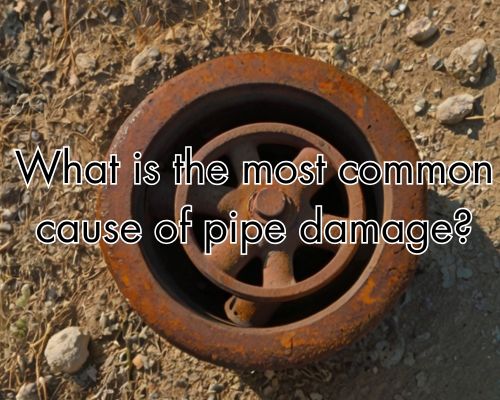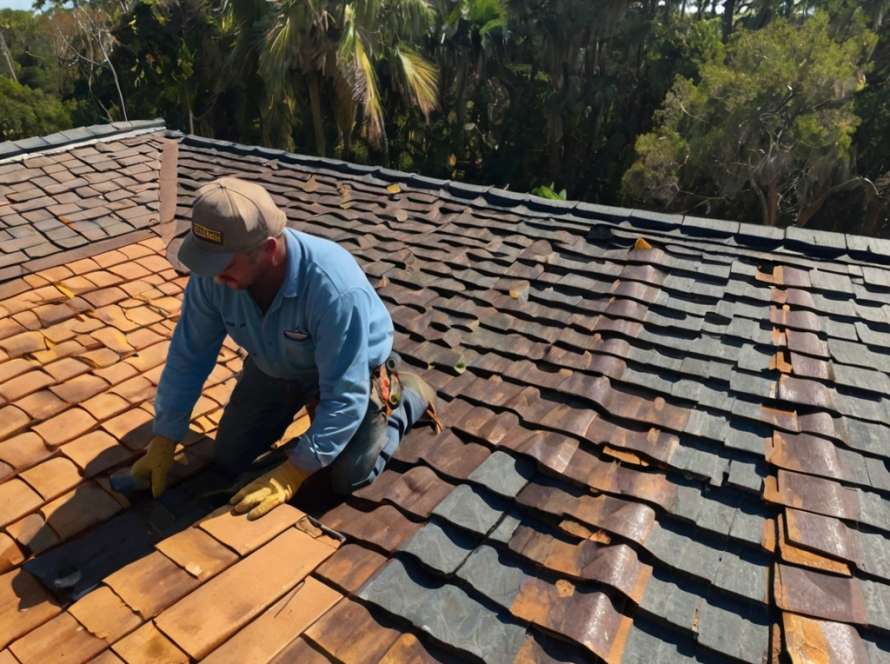Pipes — the unsung heroes of every Australian home and business — quietly deliver water, drain waste, and keep the plumbing system humming. But what happens when those pipes betray us with leaks, bursts, or blockages? Understanding what is the most common cause of pipe damage in Australia is the first step to preventing costly repairs and safeguarding your property.

With Dean Owens of Plumber Warragul, we explore the top causes of pipe damage with a focus on local conditions in Australia, including climate, soil types, and infrastructure factors. We’ll also touch on key salient entities like plumbing materials, maintenance tips, and regional specifics — all optimized to help Aussie homeowners, builders, and property managers stay one step ahead.
Why Pipe Damage Matters in Australia
Australia’s unique environment — from the tropical humidity of Queensland to the dry expanses of Western Australia — plays a major role in pipe longevity. Water supply pipes, sewer lines, and stormwater systems face distinct challenges based on the location and climate.
Pipe damage in Australia can lead to:
- Expensive repairs or replacements
- Water wastage and high utility bills
- Health hazards from contaminated water
- Structural damage due to leaks or flooding
Knowing the most common cause of pipe damage can help Australians mitigate risks effectively.
The Leading Culprit: Corrosion and Age-Related Wear
The most common cause of pipe damage across Australia is corrosion, often exacerbated by the age of the plumbing system.
What is Corrosion?
Corrosion is the gradual deterioration of pipe material due to chemical reactions with water, soil, or air. It’s especially prevalent in metal pipes — like iron, steel, and copper — commonly used in older Australian homes.
Why Does Corrosion Happen in Australia?
Several local factors accelerate corrosion:
- Soil Composition: Many regions in Australia have acidic or alkaline soils that aggressively eat away at buried metal pipes. For example, Sydney’s sandstone soil and Perth’s sandy soils present different corrosion challenges.
- Water Quality: Hard water with high mineral content, common in parts of Victoria and South Australia, can corrode pipes internally over time.
- Climate: Humid areas like Queensland see external pipe corrosion due to moisture exposure.
- Aging Infrastructure: Many Australian suburbs have plumbing systems dating back decades, and old galvanized steel pipes are especially vulnerable.
Signs of Corrosion Damage
- Rust-colored water
- Low water pressure
- Frequent leaks or pinhole leaks
- Water contamination issues
If your property is in Melbourne, Brisbane, or anywhere with aging plumbing, corrosion is likely the sneaky villain behind your pipe woes.
Secondary Causes of Pipe Damage in Australia
While corrosion tops the list, other causes also frequently contribute to pipe damage:
1. Tree Root Intrusion
Australia’s love for greenery and gardens can be a plumbing nightmare. Tree roots from native species like eucalyptus or gum trees aggressively seek water, infiltrating sewer and drainage pipes underground. This causes blockages, cracks, and eventually pipe collapse.
2. Ground Movement and Soil Shifting
Australia’s geology is prone to soil movement due to drought cycles, flooding, and expansive clay soils (common in inland NSW and Queensland). These shifts stress pipes, especially brittle materials like PVC and clay, causing cracks and breaks.
3. Physical Impact and Construction Damage
Urban expansion and construction activities in cities like Sydney, Melbourne, and Adelaide sometimes damage underground pipes. Excavation, heavy machinery, and accidental punctures during landscaping are frequent culprits.
4. Poor Installation or Substandard Materials
Using low-quality materials or improper installation techniques — especially in rural and remote Australian areas — leads to premature pipe failures. For example, cheap plastic pipes not rated for local soil or pressure conditions deteriorate fast.
5. Blockages and Clogs
Though not a direct damage cause, repeated blockages due to fats, oils, grease, and foreign objects increase pressure inside pipes, weakening joints and causing leaks.
Local Insights: How Australian Regions Influence Pipe Damage
- Coastal Areas (e.g., Gold Coast, Sydney): Salty air and sandy soil accelerate corrosion and pipe wear.
- Outback and Inland Regions (e.g., Alice Springs): Harsh temperature fluctuations cause pipe expansion and contraction, leading to cracks.
- High Rainfall Zones (e.g., Tropical Queensland): Saturated soils increase external corrosion risk and root growth issues.
- Urban Centers: Aging infrastructure coupled with construction activities creates multiple risk points.
Plumbing Materials and Their Vulnerabilities in Australia
Knowing your pipe material helps in understanding damage risks:
- Galvanized Steel: Prone to corrosion, common in older homes built before the 1980s.
- Copper: Durable but susceptible to acidic water corrosion.
- PVC and Plastic: Resistant to corrosion but vulnerable to physical damage and UV degradation if exposed.
- Cast Iron: Strong but can rust and crack over time.
In Australia, modern plumbing increasingly favors PVC and polyethylene pipes for water supply, but older metal systems still dominate many neighborhoods.
Prevention and Maintenance Tips for Aussie Homes
- Regular Inspections: Annual plumbing checks help catch early corrosion or root intrusion, especially in older Australian properties.
- Use Corrosion-Resistant Materials: When replacing pipes, opt for PVC or polyethylene suited for local soil and water chemistry.
- Control Vegetation Near Pipes: Avoid planting large trees near sewer lines to reduce root damage.
- Monitor Water Quality: Installing water softeners or filters can reduce internal pipe corrosion in hard water areas.
- Professional Repairs: Always hire licensed plumbers like Dean Owens of Plumber Warragul familiar with local Australian conditions to ensure quality installation and materials.
- Pipe Relining: Innovative trenchless pipe relining techniques can extend the life of damaged pipes without excavation — popular in urban Australia.
What to Do if You Suspect Pipe Damage?
If you notice signs like unusual water color, damp patches, unexplained increase in water bills, or frequent clogs, it’s time to call a local Australian plumber. Early diagnosis prevents extensive damage and costly repairs.
Final Thoughts: The Aussie Pipe Reality
In Australia, the most common cause of pipe damage is corrosion, heavily influenced by local soil, water quality, climate, and aging infrastructure. But the story doesn’t end there — tree roots, ground movement, poor installation, and other factors also play starring roles.
For every homeowner or property manager in Australia — from Sydney’s suburbs to the remote outback — understanding these causes means better prevention, smarter maintenance, and longer-lasting plumbing systems.
Remember: proactive care and locally adapted solutions are the keys to keeping your pipes happy and your water flowing smoothly.
Salient Entities and Local Mentions Recap:
- Focus Keyword: What is the most common cause of pipe damage?
- Locations: Sydney, Melbourne, Brisbane, Gold Coast, Perth, Adelaide, Alice Springs, Queensland, NSW, Victoria, South Australia
- Materials: Galvanized Steel, Copper, PVC, Cast Iron, Polyethylene
- Causes: Corrosion, Tree Roots, Soil Movement, Construction Damage, Blockages
- Climate/Soil Factors: Acidic soils, Sandy soils, Hard water, Humidity, Temperature fluctuations
- Techniques: Pipe Relining, Professional Plumbing Services, Water Softening
